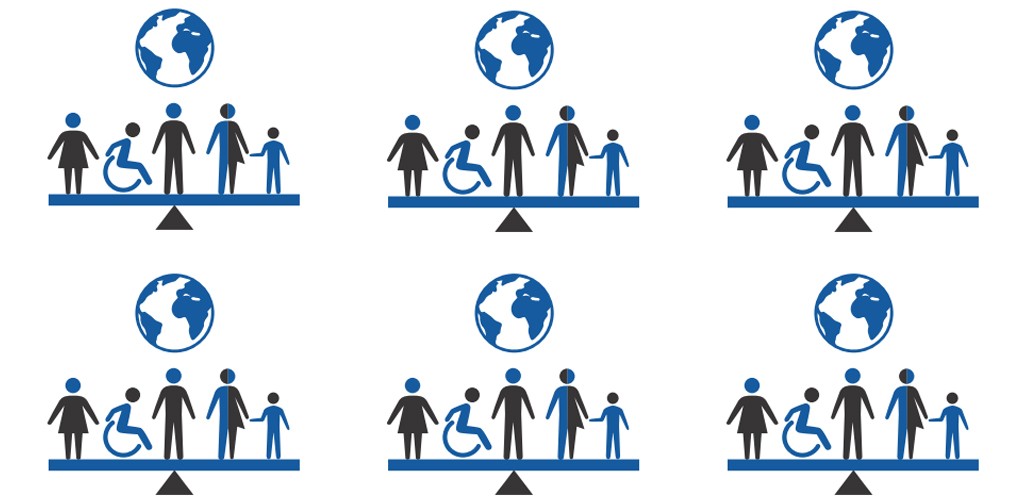Right to equality

You have the right to equality. This means that:
- You cannot be excluded or treated differently from other people because of your personal characteristics - this is discrimination.
- You do not have to accept any repetitive unwanted words or behaviour directed at your personal characteristics ‑ this is harassment.
The right to equality guaranteed by the Charter
This video (in French only) explains the right to equality guaranteed by the Charter of Human Rights and Freedoms and introduces the prohibited grounds of discrimination. Note: Gender identity or gender expression is the last ground to be added to the Charter on June 10, 2016. It is not mentioned in this video, which was made before that date.
-
The 14 prohibited grounds for discrimination or harassment
You are protected against discrimination and harassment that is based on these 14 personal characteristics. This is what ensures your right to equality.
- Race
It is a way of classifying humans according to physical or cultural criteria, without a scientific basis.
- Colour
It's the color of your skin.
- Sex
It is for example the fact of being a woman or a man. If you are discriminated against because you are a trans person, it is the reason "gender identity or expression".
- Gender identity or gender expression
It's the gender you identify with. For example, being a trans or non-binary person.
- Pregnancy
It's the fact of being pregnant and having a baby. This ground also includes everything related to pregnancy, such as health monitoring and maternity leave.
- Sexual orientation
It is the emotional or sexual attraction to someone. For example, being heterosexual, homosexual or bisexual.
- Civil status
It's your family status. It includes several situations, including being single, married, divorced or in a common-law relationship.
- Age
The law may provide for a minimum age for certain rights, without discrimination. For example, you must be at least 18 years old to vote or buy alcohol.
- Religion
This may include your religion or beliefs, as well as not having a religion.
- Political convictions
These are the political ideas with which you firmly believe and with which you identify.
- Language
It may be your mother tongue or another language you speak at home, at work or elsewhere. It may also be your accent.
- Ethnic or national origin
These are your cultural characteristics or nationality.
- Social condition
These may include your occupation, income (e.g., being registered in a social assistance program), education or homelessness.
- Disability
Disability includes a person's physical, mental or psychological limitations. It also includes ways to reduce its effects, such as using a wheelchair or using a guide dog.
There is no hierarchy between the prohibited grounds of discrimination and harassment. This means that none of them is more important than the others.
- Race
Example of discrimination
Refusing to hire or rent a home to a single parent or someone who uses a wheelchair
Example of harassment
Jokingly insulting a colleague on a daily basis because of his accent or skin colour.
